International
Energy crisis pushes nuclear comeback worldwide
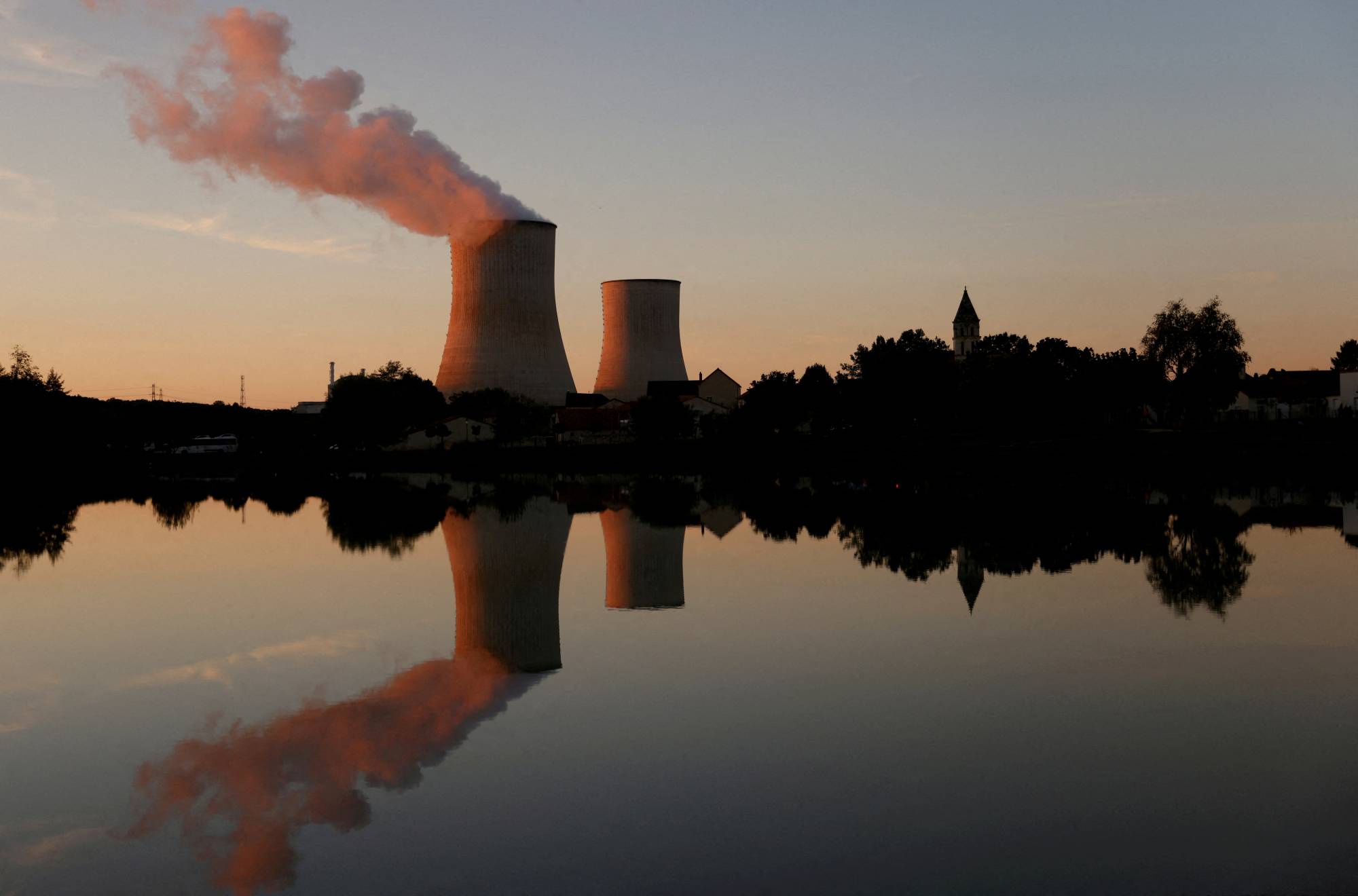
AFP
As the costs of importing energy soars worldwide and climate crises wreak havoc, interest in nuclear power is on the rise with nations scrambling to find alternative sources.
Investment in nuclear power declined after Japan’s 2011 Fukushima disaster, the world’s worst nuclear accident since Chernobyl in 1986, as fears over its safety increased and governments ran scared.
But following Moscow’s invasion of Ukraine in February, the subsequent squeeze on energy supplies and Europe’s push to wean itself off of Russian oil and gas, the tide is now turning back in favour of nuclear.
Governments face difficult decisions with rising gas and electricity bills and scarce resources threatening to cause widespread suffering this winter.
Some experts argue that nuclear power should not be considered an option, But others argue that, in the face of so many crises, it must remain part of the world’s energy mix.
One of the countries reconsidering nuclear energy is Japan, where the 2011 accident led to the suspension of many nuclear reactors over safety fears.
This week Japan’s Prime Minister Fumio Kishida called for a push to revive the country’s nuclear power industry, and build new atomic plants.
Other countries that were looking to move away from nuclear have discarded those plans — at least in the short term.
Less than a month after Russia’s attack on Ukraine, Belgium delayed by a decade its plan to scrap nuclear energy in 2025.
While nuclear power, currently used in 32 countries, supplies 10 percent of the world’s electricity production, the International Atomic Energy Agency (IAEA) raised its projections in September for the first time since the 2011 disaster.
The IAEA now expects installed capacity to double by 2050 under the most favourable scenario.
– Climate reasoning –
Even in Germany, Europe’s biggest economy, sticking with nuclear is no longer a taboo subject as the energy crisis rekindles debate on shutting down the country’s last three nuclear power plants by the end of 2022.
Berlin said last month it would await the outcome of a “stress test” of the national electric grid before deciding whether to stick with the phaseout.
Greenpeace Germany’s climate and energy expert, Gerald Neubauer, said turning to nuclear was “not a solution to the energy crisis”.
He said nuclear energy would have “limited” efficacy in replacing Russian gas since it is mainly “used for heating” in Germany not for electricity production.
“The reactors would only save the gas used for electricity, it would save less than one percent of the gas consumption,” he added.
But according to Nicolas Berghmans, energy and climate expert at the IDDRI think tank, extending the use of nuclear “can help”.
“Europe is in a very different energy situation, with several overlapping crises: the problem of Russian gas supply, the drought that has reduced the capacity of dams, the French nuclear plants’ weak output… so all the levers matter,” he said.
The pro-nuclear lobby says it is one of the world’s best options to avoid climate change since it does not directly emit carbon dioxide.
In fact, nuclear energy accounts for a bigger share of the world power mix in most of the scenarios put forward by the IPCC, the UN’s climate experts, to alleviate the global climate crisis.
– Divided opinions –
As the need for electricity booms, several countries have expressed a desire to develop nuclear infrastructure including China — which already has the largest number of reactors — as well as the Czech Republic, India and Poland since nuclear offers an alternative to coal.
Likewise, Britain, France and the Netherlands have similar ambitions, and even the United States where President Joe Biden’s investment plan encourages the sector’s development.
The IPCC experts recognise that the deployment of nuclear energy “can be constrained by societal preferences” since the subject still divides opinion because of the risk of catastrophic accidents and the still unresolved issue of how to dispose of radioactive waste safely.
Some countries, like New Zealand, oppose nuclear, and the issue has also been hotly debated in the European Union over whether it should be listed as a “green” energy.
Last month, the European Parliament approved a contentious proposal giving a sustainable finance label to investments in gas and nuclear power.
Other issues remain over nuclear infrastructure including the ability to build new reactors with costs and delays tightly controlled.
Berghmans pointed to “long construction delays”.
“We’re talking about medium-term solutions, which won’t resolve tensions in the market”, as they will arrive too late to address climate crises, he said, but suggested focusing on the “dynamic” renewable energies sector that can be immediately helpful.
International
Maduro, Delcy Rodríguez sued in Florida over alleged kidnapping, torture and terrorism

U.S. citizens have revived a lawsuit in Miami against Venezuelan President Nicolás Maduro following his capture, as well as against Vice President and now acting leader Delcy Rodríguez and other senior Chavista officials, whom they accuse of kidnapping, torture, and terrorism.
The plaintiffs — including U.S. citizens who were kidnapped in Venezuela and two minors — filed a motion over the weekend before the U.S. District Court for the Southern District of Florida asking the court to declare the defendants in default for failing to respond to the lawsuit initially filed on August 14, 2025, according to court documents made public on Monday.
The case, assigned to Judge Darrin P. Gayles, accuses the Venezuelan leaders of violating the U.S. Anti-Terrorism Act (ATA), the Florida Anti-Terrorism Act, and the Racketeer Influenced and Corrupt Organizations Act (RICO).
In addition to Maduro and Rodríguez, the lawsuit names Venezuelan Defense Minister Vladimir Padrino López; Attorney General Tarek William Saab; Interior Minister Diosdado Cabello; former Supreme Court Chief Justice Maikel Moreno; and National Assembly President Jorge Rodríguez.
The complaint also lists the state-owned oil company Petróleos de Venezuela (PDVSA) and former Electricity Minister Néstor Reverol as defendants.
According to the filing, Maduro “committed flagrant acts of terrorism against U.S. citizens,” citing the criminal case in New York in which Maduro and his wife, Cilia Flores, appeared in court for the first time on Monday following their arrest on Saturday.
The lawsuit claims that the plaintiffs “were held captive by Maduro” with “illegal material support” from the other defendants, whom it identifies as members of the Cartel of the Suns, a group designated by the United States as a terrorist organization last year.
International
U.S. faces worst flu season in decades as new strain spreads nationwide

The flu continues to take a heavy toll across the United States, with all but four states reporting high or very high levels of activity as a new viral strain known as subclade K continues to spread.
According to another key indicator — doctor visits for fever accompanied by cough or sore throat, common flu symptoms — the U.S. is experiencing its highest level of respiratory illness since at least the 1997–98 flu season, based on data released Monday by the Centers for Disease Control and Prevention (CDC).
“This is definitely a standout year,” said Dr. Caitlin Rivers, an epidemiologist and senior scholar at the Johns Hopkins Center for Health Security. “It’s the worst we’ve seen in at least 20 years. Most of the country is experiencing very high levels of activity, and we are still near the peak.”
Rivers noted that it is unusual to see such a severe flu season following another poor season the previous year, as intense seasons typically do not occur back to back.
Nationwide, approximately 8.2% of doctor visits during the final week of the year were for flu-like symptoms. At the same point last season — which was also severe — that figure stood at 6.7%.
In Massachusetts, where flu activity is reported as very high, health officials urged residents to get vaccinated.
“This is a moment for clarity, urgency, and action,” said Dr. Robbie Goldstein, Commissioner of Public Health, in a press release. “These viruses are serious, dangerous, and potentially deadly. We are seeing critically ill children, families grieving devastating losses, and hospitals under strain due to capacity.”
International
U.S. Energy Secretary to meet oil executives on reviving Venezuela’s crude industry
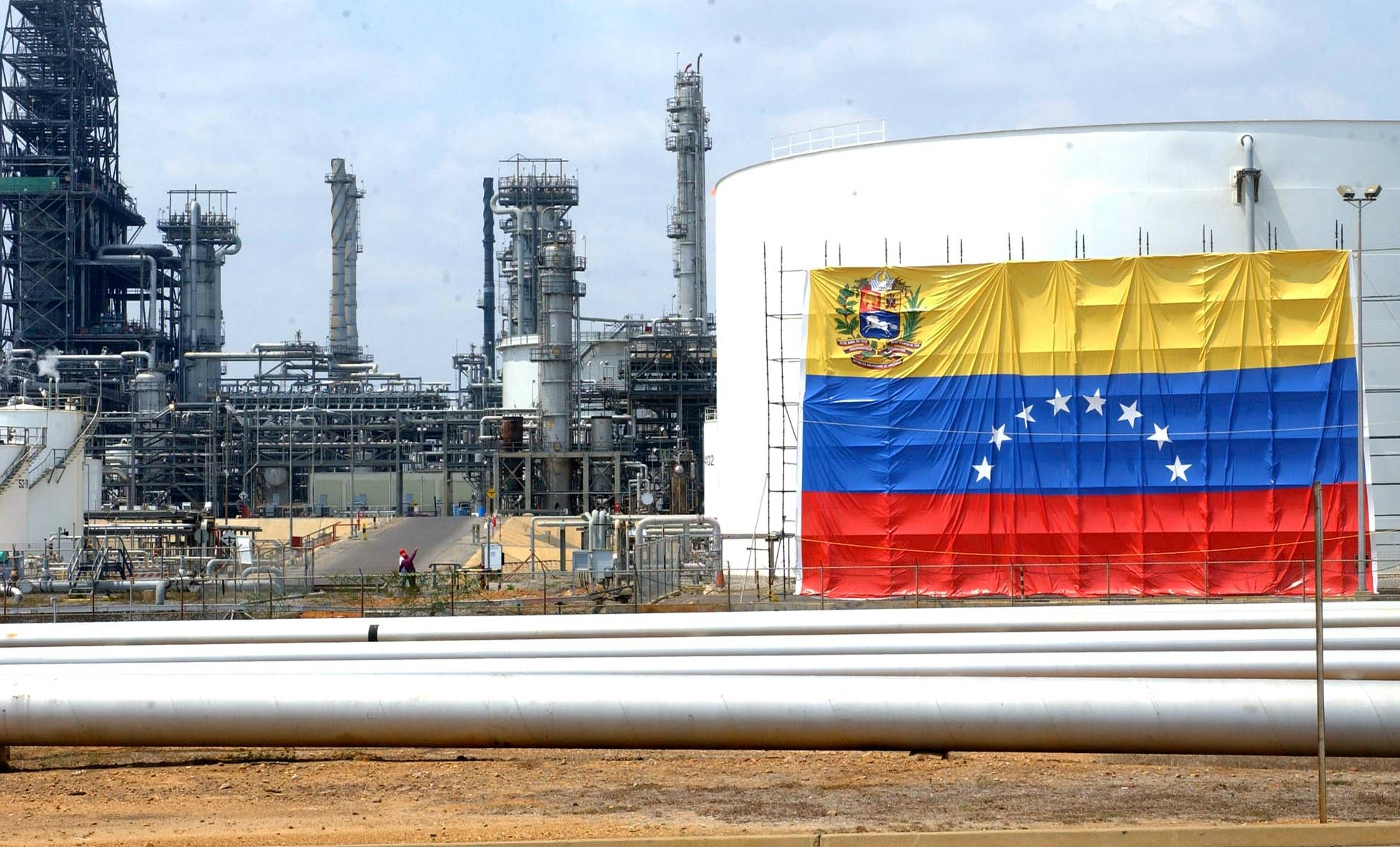
U.S. Secretary of Energy Chris Wright is set to meet this week with executives from the American oil industry to discuss how to revive Venezuela’s crude oil sector, according to multiple media reports.
The meeting will take place on the sidelines of an energy conference organized by investment banking group Goldman Sachs in Miami.
Senior executives from major U.S. oil companies, including Chevron and ConocoPhillips, are expected to attend the symposium.
Venezuela holds the world’s largest proven oil reserves, estimated at 300 to 303 billion barrels, representing roughly one-fifth of known global reserves.
Following the controversial operation carried out on Saturday to detain Venezuelan President Nicolás Maduro, U.S. President Donald Trump has placed renewed emphasis on control over and exploitation of Venezuela’s vast oil resources.
-

 International2 days ago
International2 days agoU.S. faces worst flu season in decades as new strain spreads nationwide
-

 Central America2 days ago
Central America2 days agoEl Salvador reports safest year in its history, security cabinet says
-

 International4 days ago
International4 days agoTrump signals possible expansion of U.S. regional policy beyond Venezuela
-

 International4 days ago
International4 days agoWorld leaders react to U.S. attacks on Venezuela, sparking global divide
-

 International2 days ago
International2 days agoDelcy Rodríguez, key figure in U.S.-Venezuela transition, remains under EU sanctions
-

 International2 days ago
International2 days agoFlorida’s ‘Tidal Wave’ operation detains 10,400 migrants in largest ICE joint effort
-

 International2 days ago
International2 days agoMaduro, Delcy Rodríguez sued in Florida over alleged kidnapping, torture and terrorism
-

 International3 days ago
International3 days agoMarco Rubio warns Cuba could be Trump administration’s next target
-

 International2 days ago
International2 days agoChina urges immediate release of Maduro, seeks emergency UN security council meeting
-
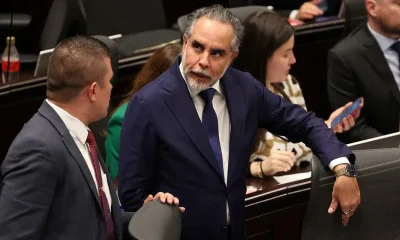
 International2 days ago
International2 days agoColombia to maintain anti-drug cooperation with U.S. after Trump remarks
-
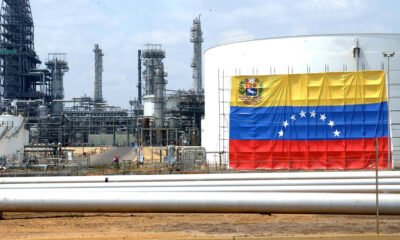
 International2 days ago
International2 days agoU.S. Energy Secretary to meet oil executives on reviving Venezuela’s crude industry
-
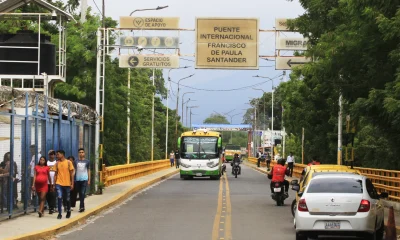
 International2 days ago
International2 days agoColombia says border with Venezuela remains calm after U.S. arrest of Maduro
























